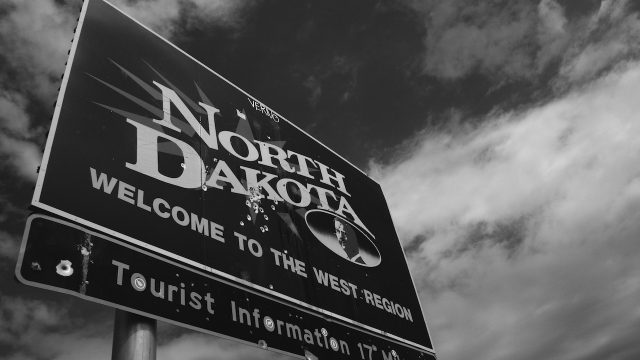For The First Time In Years North Dakota Has A Gloomy Economic Outlook

The federal Energy Information Administration is tracking the impact of falling oil prices on state revenues, and for North Dakota they see a more than 20 percent decline since August.
“North Dakota’s tax revenue from oil and natural gas production decreased from $323 million in August 2014 to $254 million in January 2015, a 21% reduction,” the EIA reports. This is happening despite rising production levels.
“Monthly production has continued to increase through December even as prices declined, according to the latest production data,” the EIA reports.
Lawmakers now expect that revenue picture to get worse, even ahead of a new revenue projection due out next week. One tax cut for the oil industry triggered by lower oil prices has already kicked in, and we’re now in the second month of prices low enough to kick in the “big trigger” which is expected to depress state revenue expectations by as much as $4.4 billion in the next biennium.
The price for West Texas Intermediate needs to be below $52.59 for five consecutive months for the state to waive its 6.5 percent extraction tax. So far the average price in January and February has been comfortably (or distressingly, depending on your perspective) below that level, and lawmakers are expecting to budget as if the “big trigger” has hit:
With a week to go before the release of an updated North Dakota revenue forecast, a working budget group was still trying to determine the final numbers to plug into its formula during a Wednesday meeting at the Capitol. …
Group members said it was prudent to plan the budget with the assumption that the oil tax triggers would both kick in.
“We’ve got a huge structural problem in the future. I’d rather we err on the side of being cautious,” Rep. Al Carlson, R-Fargo, said.
Lawmakers wouldn’t be forced to deal with this fiscal cliff of sorts if Democrat-led crusaders against reforming the state’s oil tax code hadn’t been successful in stopping efforts to replace these triggers and other exemptions with a lower, flatter tax rate.
Hatred for “big oil” may have created a situation where the state has cut off its own nose to spite its face. We’d still be facing issues with declining revenues even with flatter oil taxes, but we wouldn’t be looking at triggers causing multi-billion dollar swings in state revenues.
Meanwhile, it’s worth noting that North Dakota’s other big industry isn’t doing so great either. Due to a slowdown in agriculture, several manufacturers of agriculture equipment are laying off workers.
This may be the first time in the better part of a decade that North Dakota has entered a budget cycle with so much gloom and uncertainty. Though I’d point out that even with falling revenue projections, the state will still likely see a double-digit increase in spending with plenty of revenues to support it.
There isn’t evidence of a bust. But the boom is definitely over.





